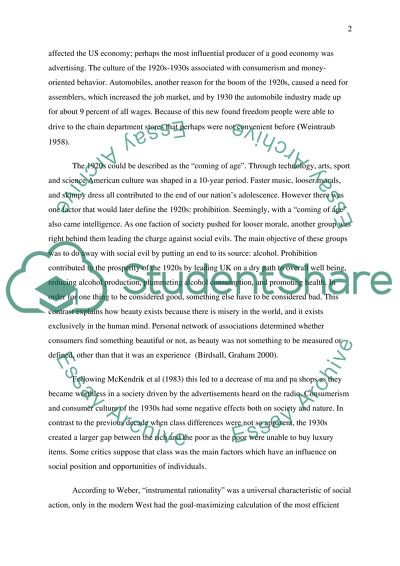Cite this document
(“Consumer Society Essay Example | Topics and Well Written Essays - 1250 words”, n.d.)
Retrieved from https://studentshare.org/miscellaneous/1499979-consumer-society
Retrieved from https://studentshare.org/miscellaneous/1499979-consumer-society
(Consumer Society Essay Example | Topics and Well Written Essays - 1250 Words)
https://studentshare.org/miscellaneous/1499979-consumer-society.
https://studentshare.org/miscellaneous/1499979-consumer-society.
“Consumer Society Essay Example | Topics and Well Written Essays - 1250 Words”, n.d. https://studentshare.org/miscellaneous/1499979-consumer-society.


